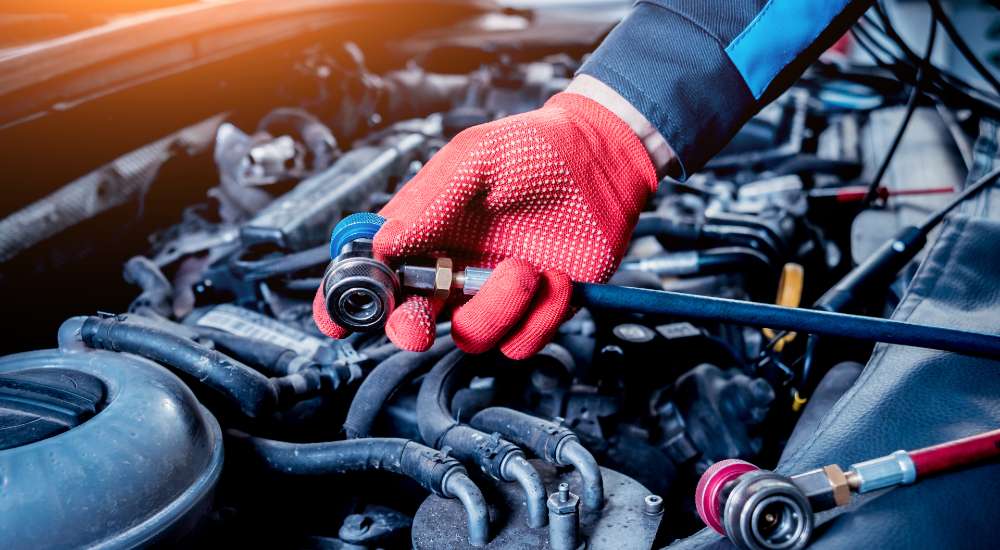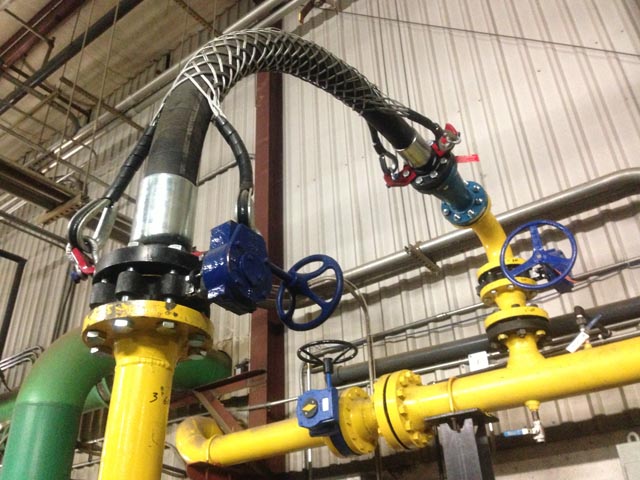Hydraulic fittings play an important role in industrial applications where hydraulic systems are used. These fittings are used to connect various components of the hydraulic system such as hoses, pipes, pumps, cylinders, valves, and other hydraulic components. Hydraulic fittings are made of different materials such as steel, brass, aluminum, and others, and they come in various shapes and sizes to fit the requirements of different hydraulic systems.
In this article, we will discuss the advantages of using hydraulic fittings in industrial applications.

- High-pressure applications: One of the primary advantages of using hydraulic fittings is that they can handle high-pressure applications. Hydraulic systems are often used in heavy-duty applications where high-pressure hydraulic fluid is required to operate machinery. Hydraulic fittings are designed to withstand high pressure, making them ideal for such applications. Hydraulic fittings can handle pressures of up to 10,000 psi or more, depending on the type of fitting and the material used.
- Easy to install: Another advantage of hydraulic fittings is that they are easy to install. Most hydraulic fittings are designed with a simple two-piece construction that makes them easy to install and remove. This means that technicians can quickly and easily replace hydraulic components without the need for specialized tools or equipment.
- Leak-proof: Hydraulic fittings are designed to be leak-proof, which is essential in hydraulic systems. Hydraulic systems rely on the pressure of the hydraulic fluid to operate machinery, so any leakage can cause the system to fail. Hydraulic fittings are designed to prevent leaks by providing a tight seal between the components of the hydraulic system.
- Versatile: Hydraulic fittings are versatile and can be used in a wide range of applications. They come in different shapes and sizes, which makes them suitable for different hydraulic systems. Hydraulic fittings can be used to connect hoses, pipes, pumps, cylinders, and other hydraulic components.
- Durable: Hydraulic fittings are designed to be durable and long-lasting. They are made of high-quality materials such as steel, brass, or aluminum, which makes them resistant to corrosion, wear, and tear. This means that hydraulic fittings can withstand the harsh conditions of industrial applications and last for a long time.
- Cost-effective: Hydraulic fittings are cost-effective because they are easy to install and maintain. They are also durable, which means that they do not need to be replaced frequently. This makes hydraulic fittings an excellent investment for industrial applications.
- Increased efficiency: Hydraulic fittings can increase the efficiency of hydraulic systems. By using the right hydraulic fittings, technicians can optimize the flow of hydraulic fluid through the system, which can increase the efficiency of machinery. This can result in higher productivity and lower operating costs for industrial applications.
Conclusion: Hydraulic fittings are an essential component of hydraulic systems used in industrial applications. They offer many advantages, including high-pressure capabilities, easy installation, leak-proof design, versatility, durability, cost-effectiveness, and increased efficiency. By using hydraulic fittings in industrial applications, technicians can ensure that hydraulic systems operate smoothly and efficiently, which can result in higher productivity and lower operating costs.



